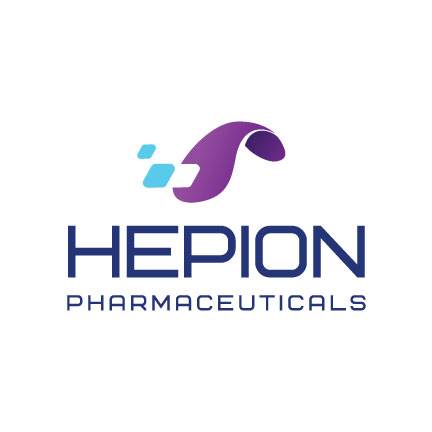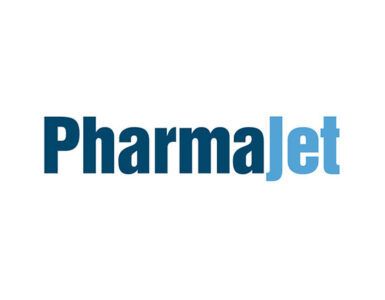
The FDA accepted an IND application from Hepion Pharmaceuticals (NASDAQ:HEPA) for the use of CRV431, a novel cyclophilin inhibitor, for the treatment of COVID-19.
Hepion is developing CRV431 as part of its artificial intelligence-driven therapeutic drug program for the treatment of non-alcoholic steatohepatitis (NASH) and liver disease.
“Clearance of the COVID-19 IND by the FDA speaks to the versatility of CRV431, a novel orally active cyclophilin inhibitor,” Dr. Robert Foster, CEO of Hepion, said in a statement.
“Even with the decades of experience our core team has with the research and development of this specialized drug class, we continue to be amazed at the number of diseases that could potentially benefit from inhibiting cyclophilins,” he added.
The diverse roles that cyclophilins play in disease processes, such as cell injury, inflammation, fibrosis, viral infections, and cancer are due to the actions of many different isoforms of cyclophilins. “CRV431 inhibits several of these isoforms with similar potencies, which gives rise to its broad therapeutic potential,” according to Dr. Foster.
As part of the IND filing, Hepion provided data to the FDA from its previously completed Phase 1 studies of CRV431.
“Although Hepion’s focus and lead indication remain squarely on the treatment of NASH, this IND may allow us opportunities to seek collaboration partnerships to support the initiation of Phase 2 studies of CRV431 for COVID-19, and to explore sources of non-dilutive external funding for our COVID-19 program,” Dr. Foster said.
Dr. Daren Ure, Hepion’s CSO, said the recent identification of a mutational variant of SARS-CoV-2 that is potentially more infectious than previous strains is a reminder that the sector must continue to battle this virus on all fronts.
Host cyclophilins play a key role in the propagation of viruses. CRV431, a cyclophilin inhibitor, interrupts the ability of the virus to use these human cyclophilins, reducing viral propagation. “As such, CRV431 is likely less prone to treatment resistance that may be seen when viral mutations occur,” Dr. Ure added.
For the foreseeable future, Dr. Ure said Hepion anticipates there will continue to be a need for active antiviral treatments as well as treatment for ARDS. “CRV431 potentially offers both.”
Hepion’s earlier preclinical cell culture experiments demonstrated CRV431 decreased SARS-CoV-1 production of infectious virus. And in a non-viral, acute lung injury model, CRV431 demonstrated attenuated lung inflammation and damage similar to or better than dexamethasone, including reductions in neutrophils and IL-6.
Dr. Ure said this property may be beneficial to patients suffering longer term consequences of COVID-19 infection, including acute respiratory distress syndrome (ARDS) as COVID-19 patients developing ARDS have a higher mortality rate. “Taken together, this dual mode of action suggested that CRV431 may offer an opportunity to treat both the viral infection as well as lung injury in COVID-19,” he added.





